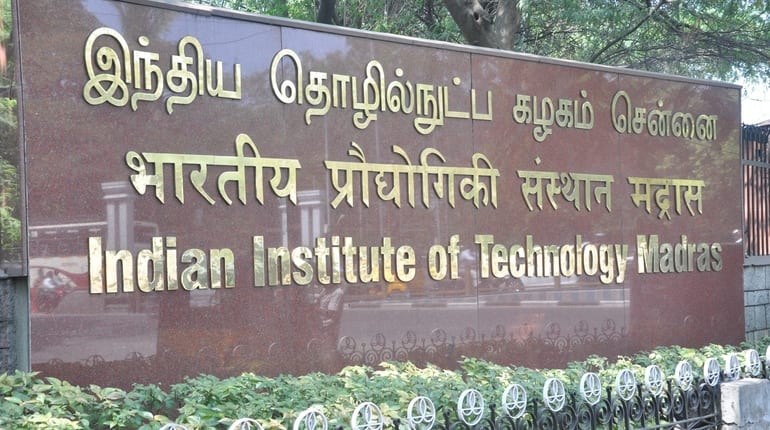MoreBack to News Headlines

IIT Madras Develops Drone Algorithms To Help Study How Fire Behaves In Space Stations, Satellites
NDTV
The team claims that at present, generating microgravity (gravity experienced is close to zero) is possible only through space stations, satellites, space shuttles, sounding rockets, and drop towers, almost all of which are beyond the reach of most educational institutions in India.
Researchers at the Indian Institute of Technology (IIT) Madras have developed algorithms for drones to help study how fire behaves in space stations, shuttles and satellites. According to the team, a multirotor microgravity platform can also simulate reduced-gravity environments similar to Moon and Mars, thereby recreating those conditions on Earth for experiments. The team claims that at present, generating microgravity (gravity experienced is close to zero) is possible only through space stations, satellites, space shuttles, sounding rockets, and drop towers, almost all of which are beyond the reach of most educational institutions in India. "Another option is to use 'free-fall' flights on Earth to create microgravity. The free fall of sounding rockets and free fall of payloads from high altitude balloons and drop towers can also enable microgravity," Kedarisetty Siddhardha, research scholar, Department of Aerospace Engineering, IIT Madras told PTI. "These microgravity platforms provide stable and high-quality microgravity. However, it takes a few months to years to gain access to any of the existing microgravity platforms. Moreover, the cost to access these platforms' services is not affordable by many educational and research institutions," Mr Siddhardha added.More Related News

 Run 3 Space | Play Space Running Game
Run 3 Space | Play Space Running Game Traffic Jam 3D | Online Racing Game
Traffic Jam 3D | Online Racing Game Duck Hunt | Play Old Classic Game
Duck Hunt | Play Old Classic Game